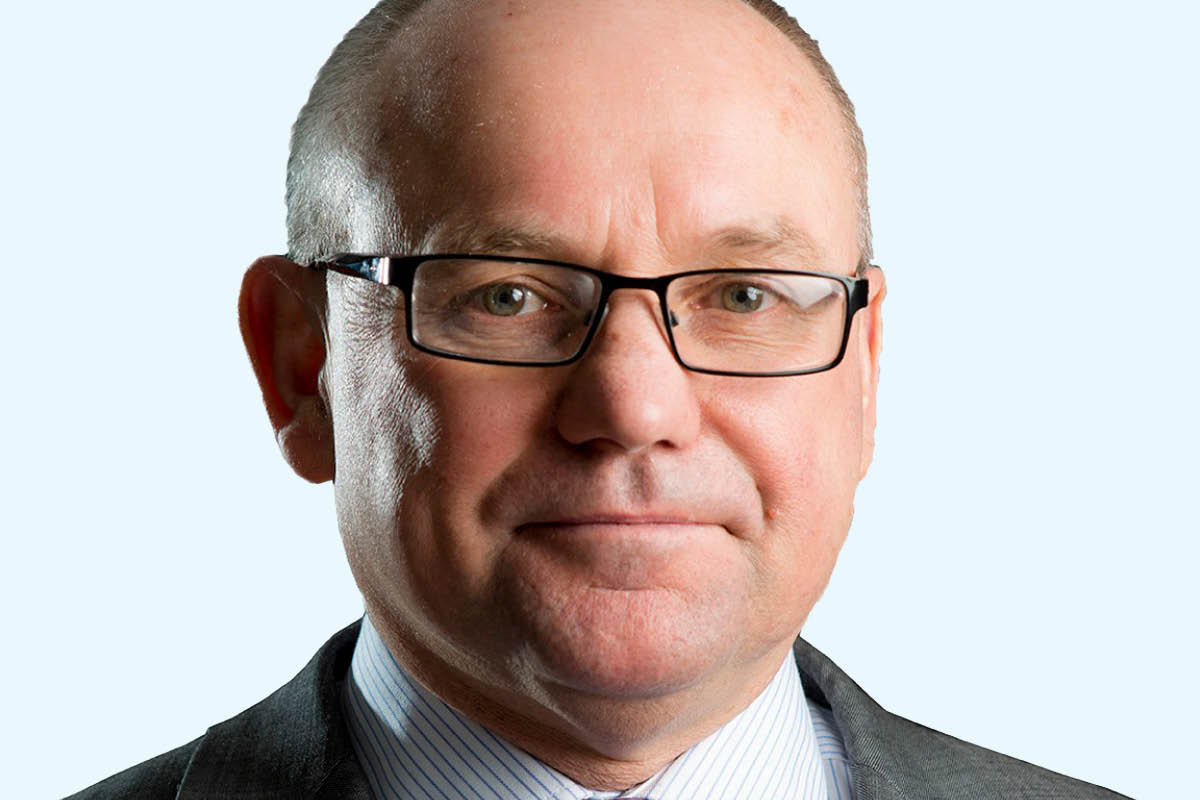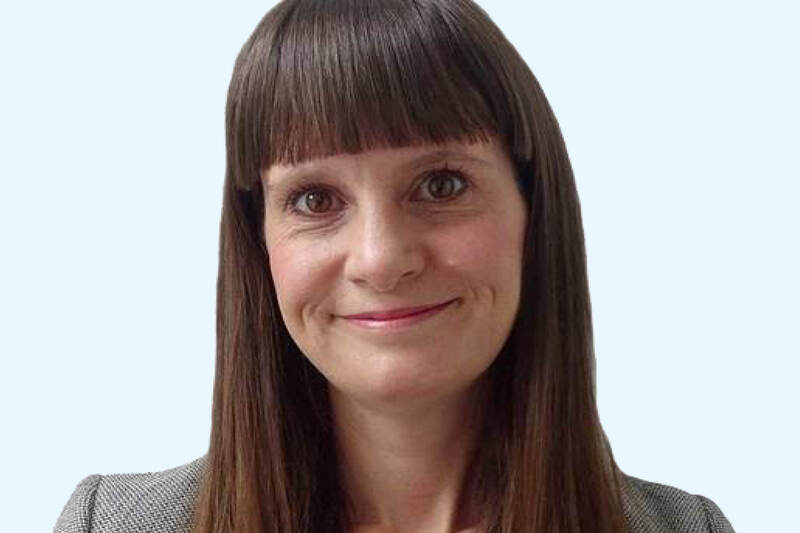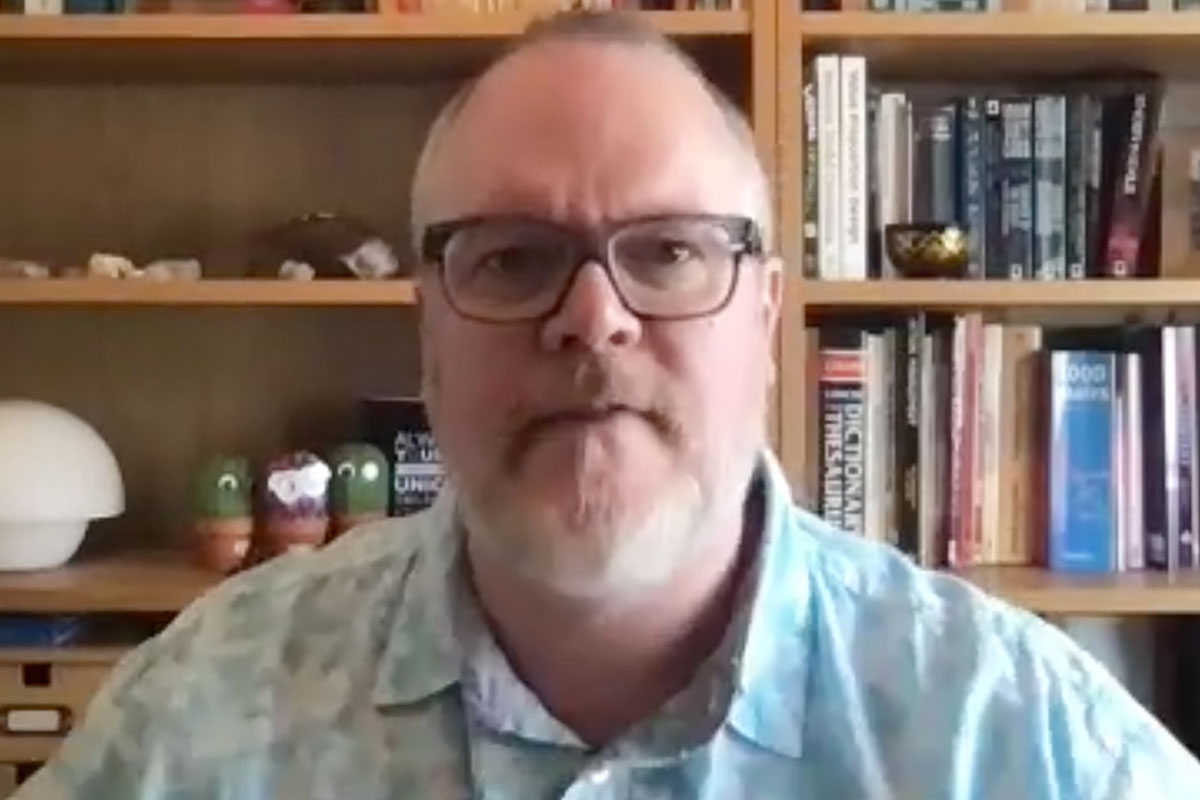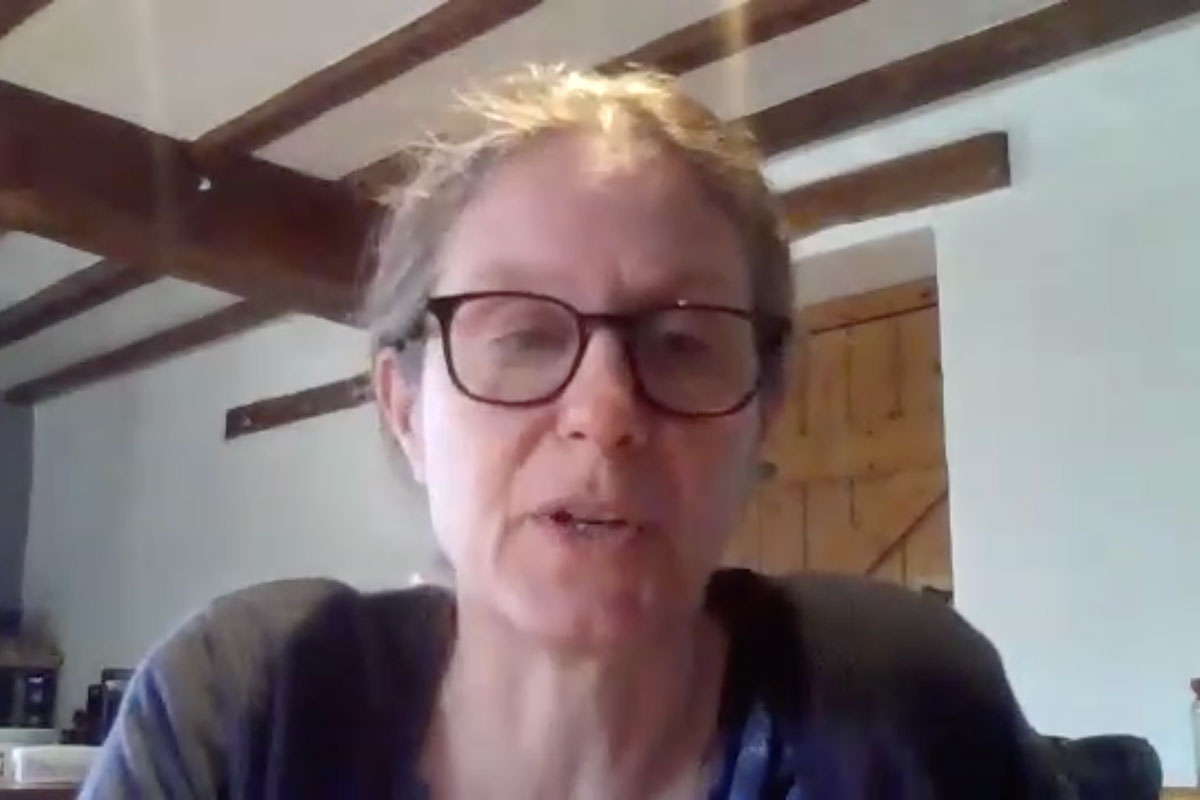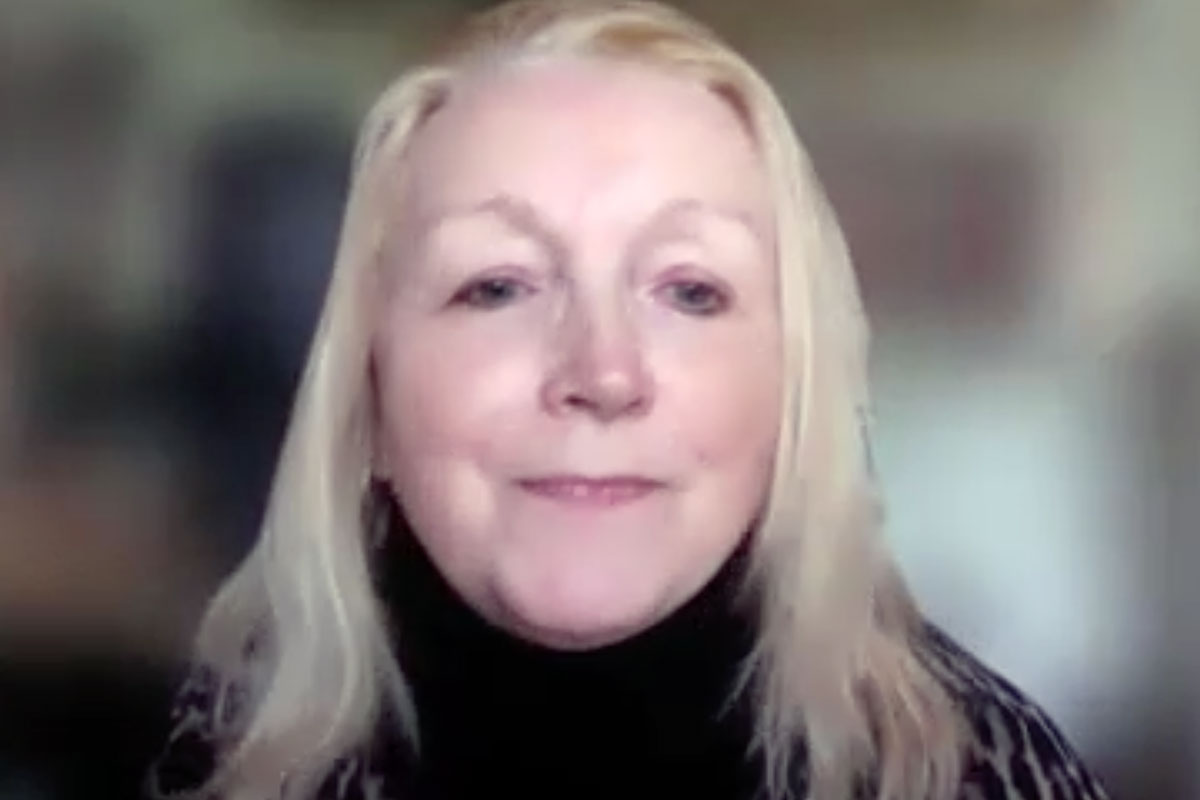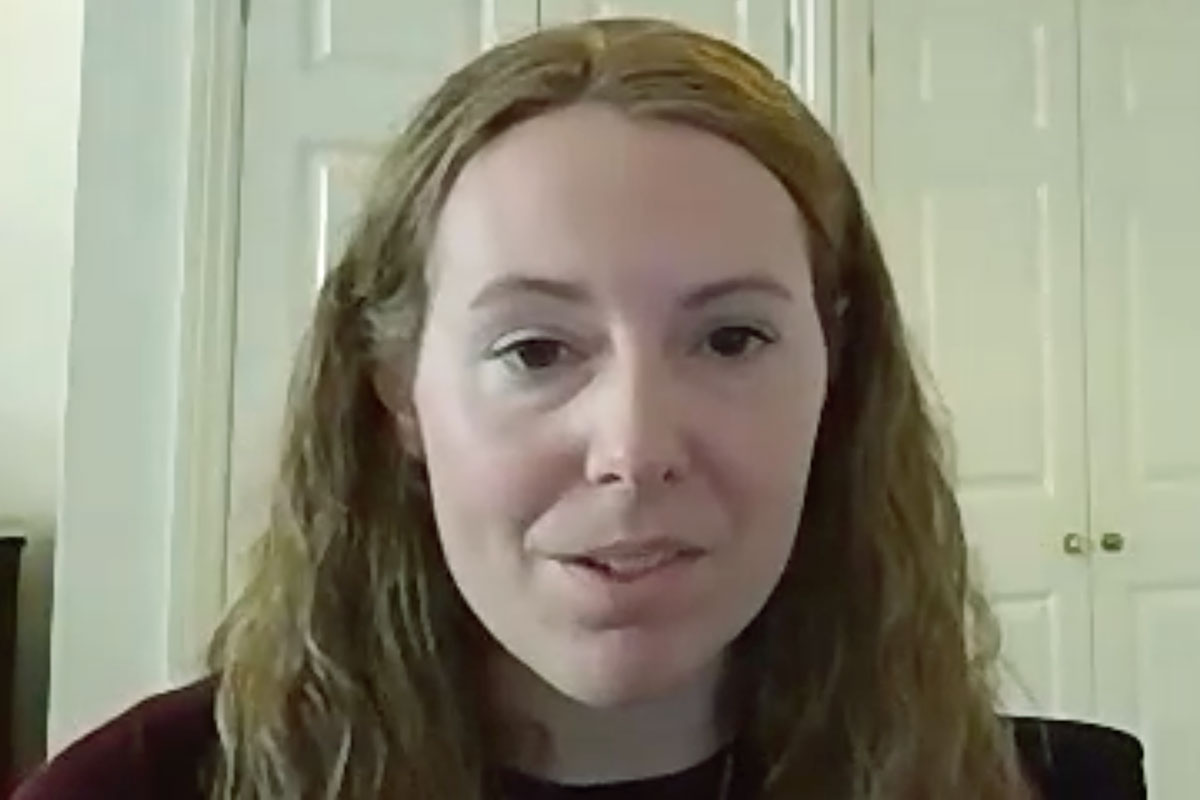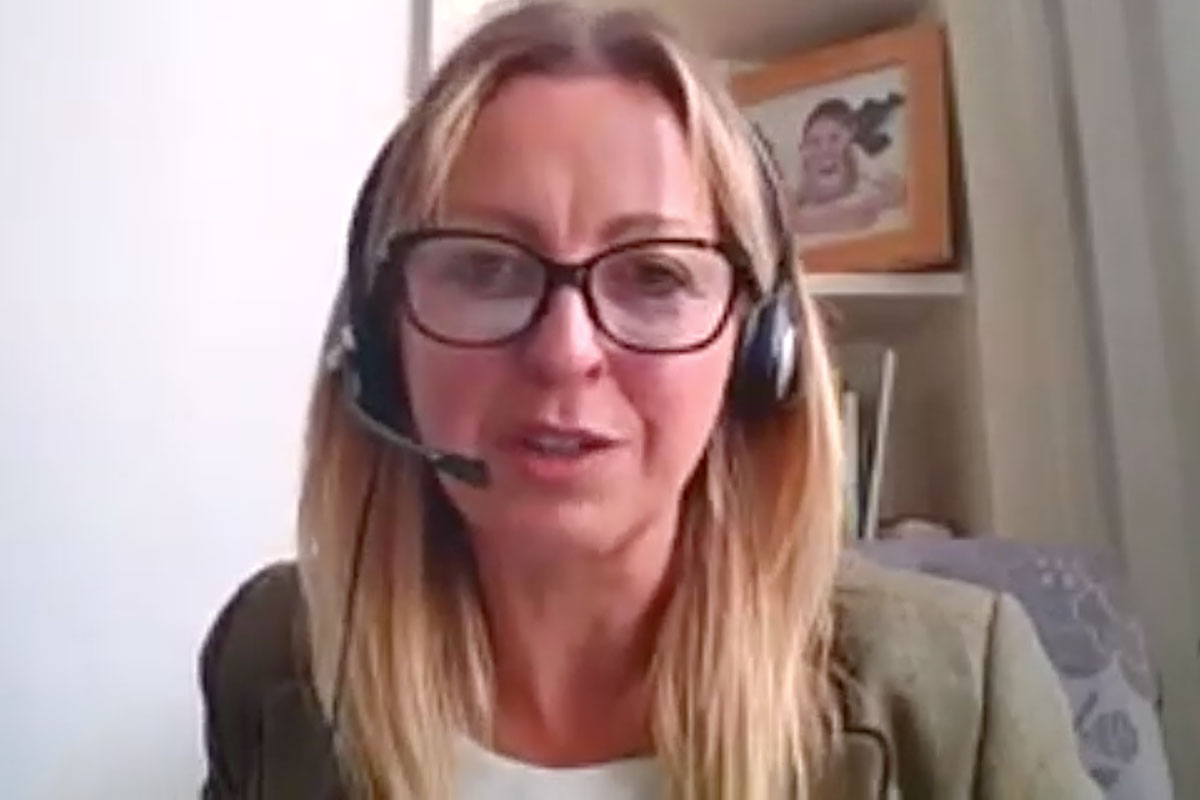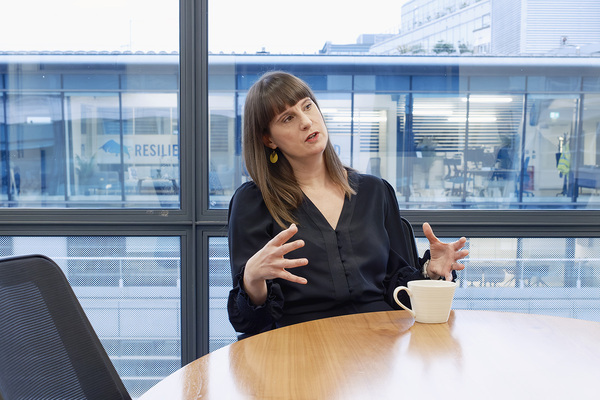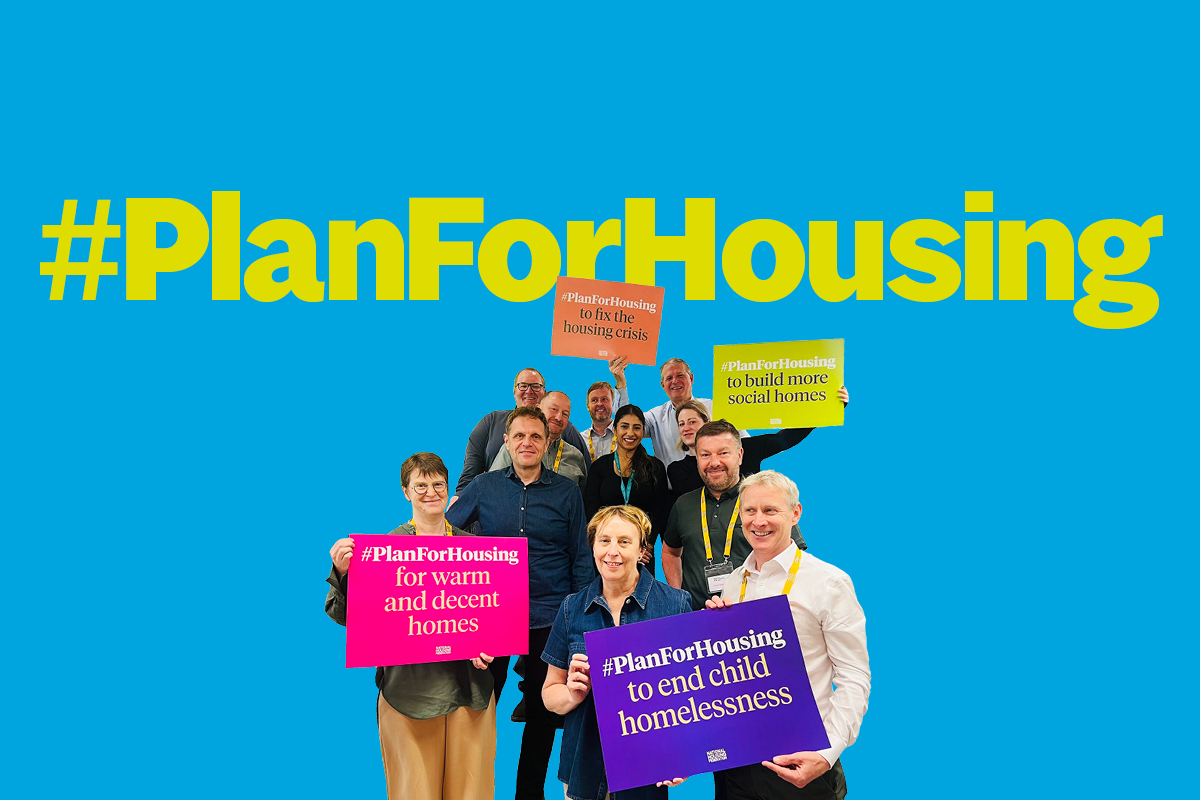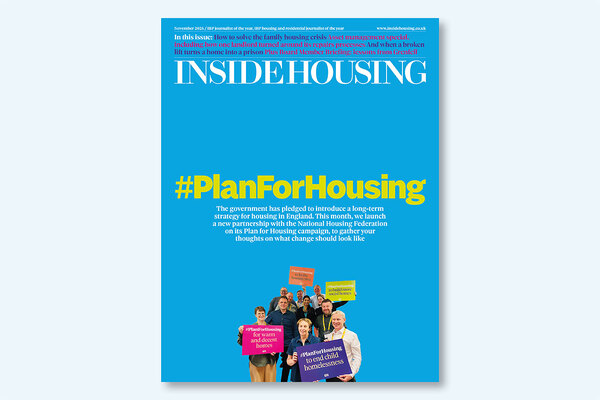As investors push for a focus on ESG risk, what does it mean for social landlords?
How do we define sustainable, ethical funding in social housing? Mazars and Inside Housing brought together figures from across the sector to thrash it out. Illustration by Neil Webb
In association with:
![]()
As Helen Evans was reviewing a draft of Network Homes’ second annual environmental, social and governance (ESG) report, an important question arose in her mind: “Where does our core function meet our sustainability reporting structure?”
“A lot of what was being described in this report to me was core function. So is it ESG, or is it part of our function as a landlord?”
Ms Evans, who is chief executive of Network Homes, is speaking at an Inside Housing virtual roundtable. Run in association with audit, tax and advisory firm Mazars, it has brought together a small panel to consider three letters which rank increasingly highly on the agenda of housing associations: E, S and G.
As Inside Housing’s assistant editor Jack Simpson – and the event chair – points out, that prominence is partly down to the need to secure investment. Leading credit ratings agency Moody’s is forecasting that, by the end of the 2024 financial year, borrowing by English housing associations will have hit £51bn. That lenders are increasingly considering ESG when deciding where to invest is enough to make the issue an important one.
“The pressure on banks and all public companies to be ESG-aware and to invest with impact on social and environmental problems is enormous,” stresses Julie McDowell, chair of Blackwood Homes and Care in Scotland, who worked in investment for many years.
A long history
Yet there is also the reality that focusing on environmental, social and governance issues improves outcomes for social housing tenants – which, as Ms Evans is not the only member of our panel to highlight, means that it is partly business as usual for social landlords.
“In some respects, when I reflect on ESG, I actually reflect on the history of our sector,” comments Andrew van Doorn, chief executive of HACT.
“We’ve been working with communities for centuries to really put impact at the core of what we’re all about in social housing. It’s really heartening in some respects that others – our lenders, the investment community – are coming into the space that we’ve occupied for some time.”
Suzanne Hemingway, corporate director – operations at Two Rivers Housing, adds: “Social value is what I came into housing for 30 years ago and it’s what social housing was created for many years before that.”
The challenge for the sector is therefore not necessarily making environmental, social and governance activities central to day-to-day business – it is being able to prove ESG is central to day-to-day business. As Gary Booth, chief financial officer at Citizen, puts it: “The social part is embedded in what we do at Citizen. It’s finding a way of telling that story in a coherent way and showing how we’re going to progress on the journey.”
There are initiatives that have attempted to address this challenge for the sector. Among them is the Sustainability Reporting Standard for Social Housing (SRS), launched in November 2020 and designed to offer a consistent way of measuring ESG activity across the sector. HACT, meanwhile, launched the UK Social Value Bank seven years back with a view to helping housing associations measure social impact – and then use those measurements to decide in which ESG activities to continue or increase investment.
Putting together the jigsaw
Many of those around the virtual roundtable are already using the SRS as a framework to report on ESG, or have plans to do so. But our panellists say that having an established means of reporting only goes so far in addressing the measurement issue. The other obstacle to be overcome is establishing a picture of all ESG activity within an organisation and uniting all teams involved in delivering such work.
Aileen Evans, chief executive of Grand Union Housing Group, sums this up when she speaks of her organisation’s experience. She says the association has had a focus on environmental and sustainability issues for some time, partly “because we had a property manager who was really passionate about this”. Some £4m of a bond taken out in 2012 was spent on installing solar electricity panels on homes, for example.
“So we were an early adopter of ESG [focus]. And actually, in some respects, the challenge for us was pulling it together because we had different bits of the organisation doing different bits. And so we’ve now given one person at director level the responsibility for holding the ring on it, although ESG will touch every single part of our business.”
At some organisations represented on the panel, the requirements of gaining funding are said to have helped here. In 2020, for instance, Bromford established the sector’s first ‘green’ loan. The interest rate on the loan, which is with NatWest, decreases as Bromford increases the number of its existing homes that reach the Standard Assessment Protocol (SAP) C energy efficiency rating.
“I think one of the things that really emerged from that for us was creating a community of interest and connecting treasury activity with the rest of the business,” reports its director of treasury, Imran Mubeen. “So that’s existing homes, risk, strategy – really pulling everyone together to go in the same direction and do the right things for our customers and, ultimately, for the environment.”
The association has now taken out a separate loan, this time with SMBC, which is linked to a governance metric. “The stronger our performance in reducing the gender pay gap, the lower the interest,” he states.
Mr Mubeen also reports that it has similarly provoked more joined-up working on ESG.
“It was creating this nexus between, in this case, our people team, our governance team and treasury, and really working with the bank on a set of targets which would help to shine a spotlight on this particular metric and ensure that we’re doing the right things by colleagues,” he says.
The experience at L&Q has been similar, according to Liz Blackwell, group head of environmental sustainability at L&Q Foundation. The association issued its first sustainability-linked bond in January. She says: “I really feel like it’s turbocharged some of the things that we need to do anyway around ESG – particularly around improving governance, and the procedures of reporting and tracking and really working in a co-ordinated way across the business.”
An unhelpful term?
Which is not to say that, internally, such things are being described as ESG. The term has been ditched at L&Q, in part because of the belief that it is not one which necessarily makes immediate sense in the context of social housing. “Yes, investors understand [the term] ESG. But internally, we don’t talk about ESG any more,” explains Ms Blackwell. “We talk about sustainability, even up to exec level. Our ESG framework is now called our sustainability masterplan, which sounds very grand, but people understand what that means. It’s a strategy, we can talk about it.”
Clare Gilligan says it is the same at Orbit Group, where she serves as head of strategy: “From an internal communication point of view, we’re actually trying not to use the phrase ESG too much. We’re using it at the senior level, because it frames conversations. But in terms of our colleagues, our customers, they’re far more interested in what are we doing against the Global Goals, [what are we doing about] being part of something bigger?”
Which brings the debate back to the idea that ESG is to some extent business as usual for social housing organisations: it is just not being phrased in those terms, or reported along these lines.
At Cardiff Community Housing Association, for instance, there has not yet been formal tracking or reporting of ESG activity. Hayley Selway, the organisation’s chief executive, says: “When I’m looking at the Sustainability Reporting Standard, what is really interesting to me is kind of what we are.”
“When I read through everything that is part of ESG, I’m not particularly freaked out by any of it because, for us, a lot of the stuff that’s in there is about what we are as a community-based housing association.”
For Ms McDowell – who also sits on the board of Sustainability for Housing, the group that created the reporting standard – there is also no need to be intimidated by reporting on ESG activity. “I would urge housing associations that are looking at ESG to look at reporting standards and do what they can. You don’t have to be so apprehensive about being unable to provide all of the information that is being asked for,” she says.
“Broaden the definition of how you approach ESG to include the identification, the monitoring, and the reporting. It will eventually be all about the impact. But you’ve got to do those other steps first. And the reason is the basic principle that without the data, you can’t really properly assess what you’re doing. Without the reporting, you’re not transparent and accountable.”
And, as William Hughes, sustainability services lead at Mazars, says in bringing the roundtable to a close: “There’s no doubt the value that ESG brings.”
He adds: “There’s no doubt the sector has been doing ESG, but what we have to really now say is: ‘Let’s see how we can strategically consider ESG within our organisations, and make sure it’s embedded throughout the organisation.’”
Participants
Jack Simpson (chair)
Assistant editor (news and investigations), Inside Housing
Liz Blackwell
Group head of environmental sustainability, L&Q Foundation
Gary Booth
Chief financial officer, Citizen
Aileen Evans
Chief executive, Grand Union Housing Group
Helen Evans
Chief executive, Network Homes
Clare Gilligan
Head of strategy, Orbit Group
Suzanne Hemingway
Corporate director – operations, Two Rivers Housing
William Hughes
Sustainability services lead, Mazars
Julie McDowell
Chair, Blackwood Homes and Care
Imran Mubeen
Director of treasury, Bromford
Hayley Selway
Chief executive, Cardiff Community Housing Association
Andrew van Doorn
Chief executive, HACT



